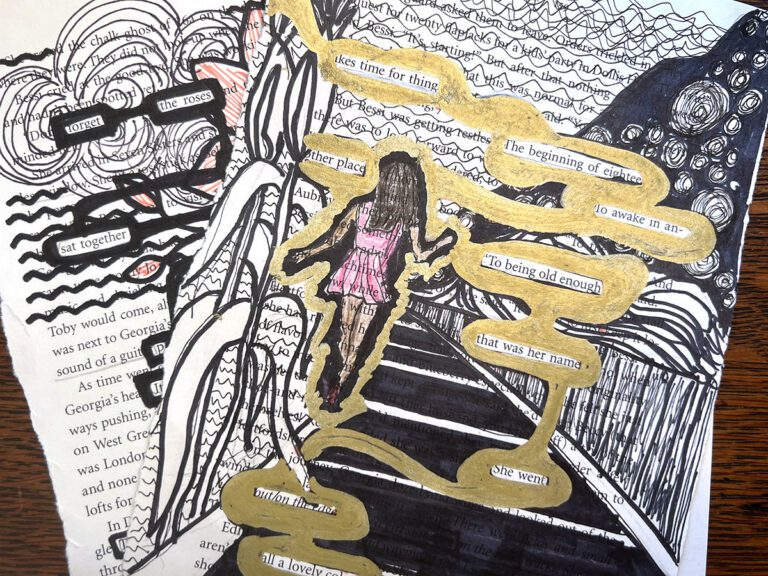Note: Be sure to review all resources and preview all artists before determining if they are appropriate to share with your students.
Among the many things art teachers are grateful for, art history is high on the list! Art educators have gratitude for how art helps students understand history, how it gives them opportunities to practice analysis, and how it exposes them to other cultures and perspectives. Art teachers are also thankful for the abundance of artists students can aspire to and emulate. There is immense value in introducing students to artists who have persevered despite relatable struggles and setbacks. These artists have captivated the imagination of teachers and students, and their unique contributions continue to shape art education today.
Let’s take a look at why art teachers are thankful for these 10 artists.
For more information on many of these artists, check out the Artist Bios in FLEX Curriculum. All Artist Bios include at-a-glance facts, notable works, a quote, and an overview of the artist’s background and history. Use these handy resources to introduce artists or as a tool to dive deeper into research. Explore more ways to use Artist Bios with the FLEX Artist Bio Toolkit, found in the Implementation tab after logging in as a User.
Art teachers are grateful for Leonardo da Vinci because he connected art to other careers.
Students may know Leonardo da Vinci painted the Mona Lisa, but they may not know he sketched ideas for inventions like the parachute, scuba gear, and the helicopter! Although many of his ideas were not turned into reality during his lifetime, his sketches served as inspiration for many inventors who came after him. His combination of science and fine art makes him an example of how students interested in other careers can still find value in what they learn from art class. Da Vinci is the perfect example to connect art with the sciences, making him an artist whom art teachers are grateful for!
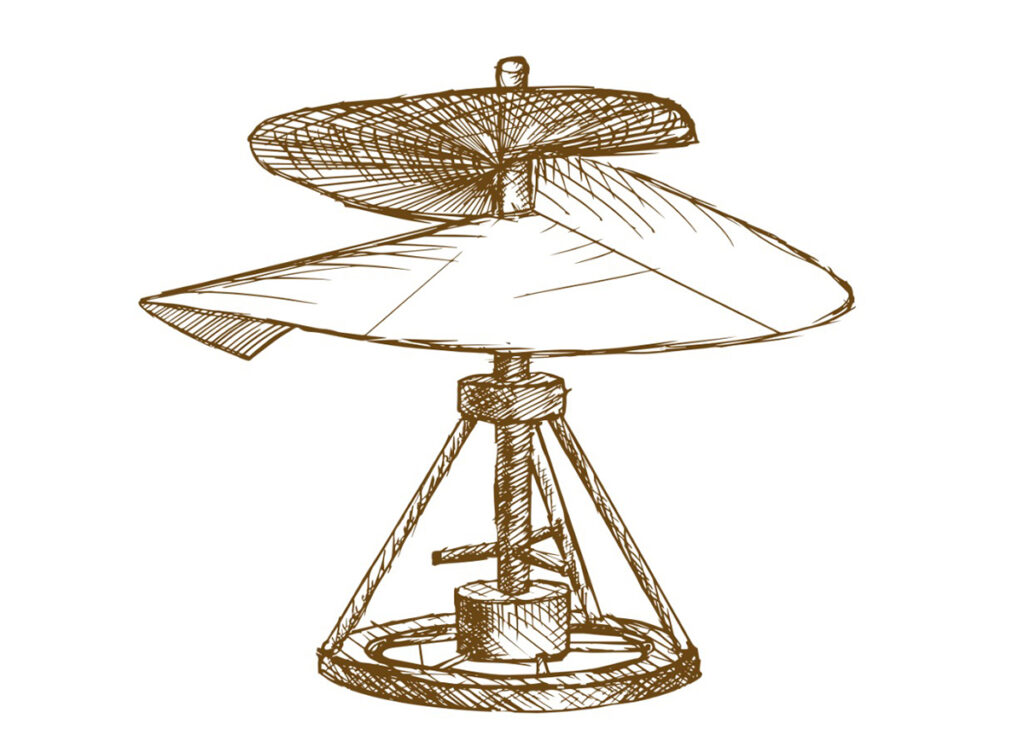
Art teachers are grateful for Frida Kahlo because she expressed her identity through art.
With her powerful introspective artworks, Frida Kahlo is a fearless artist. Her ability to be unashamedly herself resonates with so many students today. Kahlo is an empowering artist to share for units exploring identity. Many of her paintings used symbolism to show how she wanted others to perceive her identity at a particular moment in time. Her paintings like The Two Fridas show there are two versions of herself: one in private and one in public. Art teachers appreciate Kahlo’s ability to convey raw emotions and use art as a means of personal storytelling.
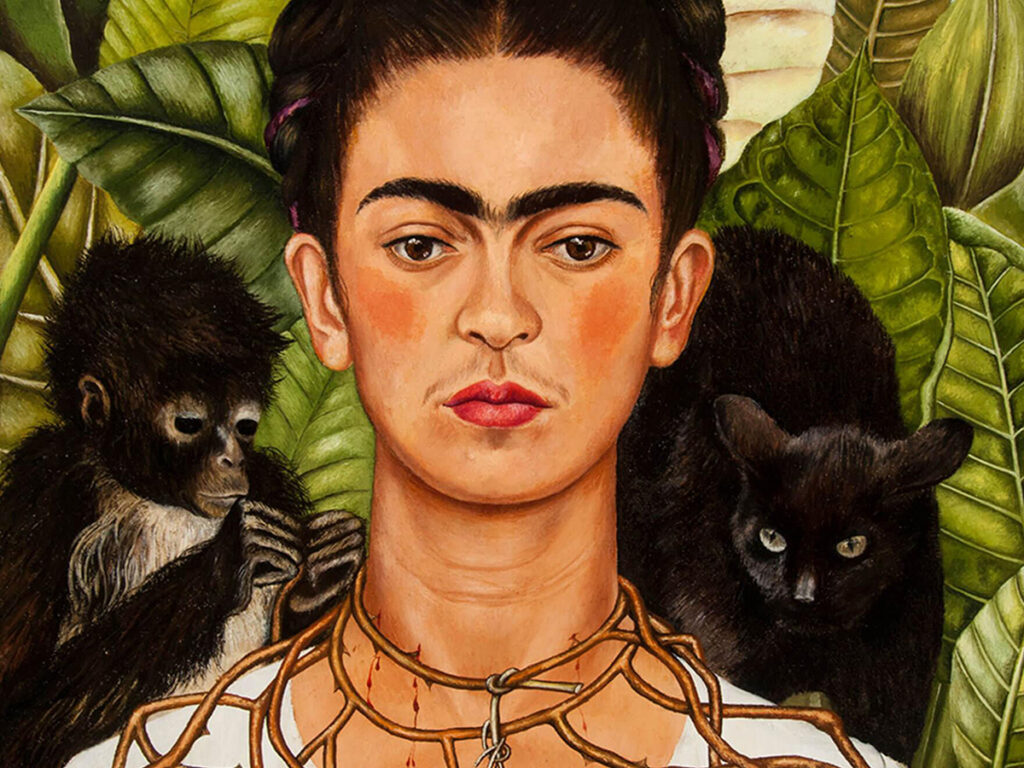
Art teachers are grateful for Vincent van Gogh because he visually processed his mental health struggles.
Vincent van Gogh used his artwork as an expression of his inner turmoil, making him relatable in today’s mental health climate. He first turned to art while trying to emotionally recover from being excommunicated from his church for giving away all of his possessions. Later, his loneliness, lack of artistic success, and likely manic depression led to yet another mental break. While committed to a mental asylum, he painted some of his most famous artworks, such as The Starry Night. His unique style emerged as he attempted to calm his anxiety by creating expressive but peaceful paintings. A wonderful example of Post-Impressionism, using art as therapy, and exhibiting the character trait of tenacity, van Gogh is an artist whom art teachers love!
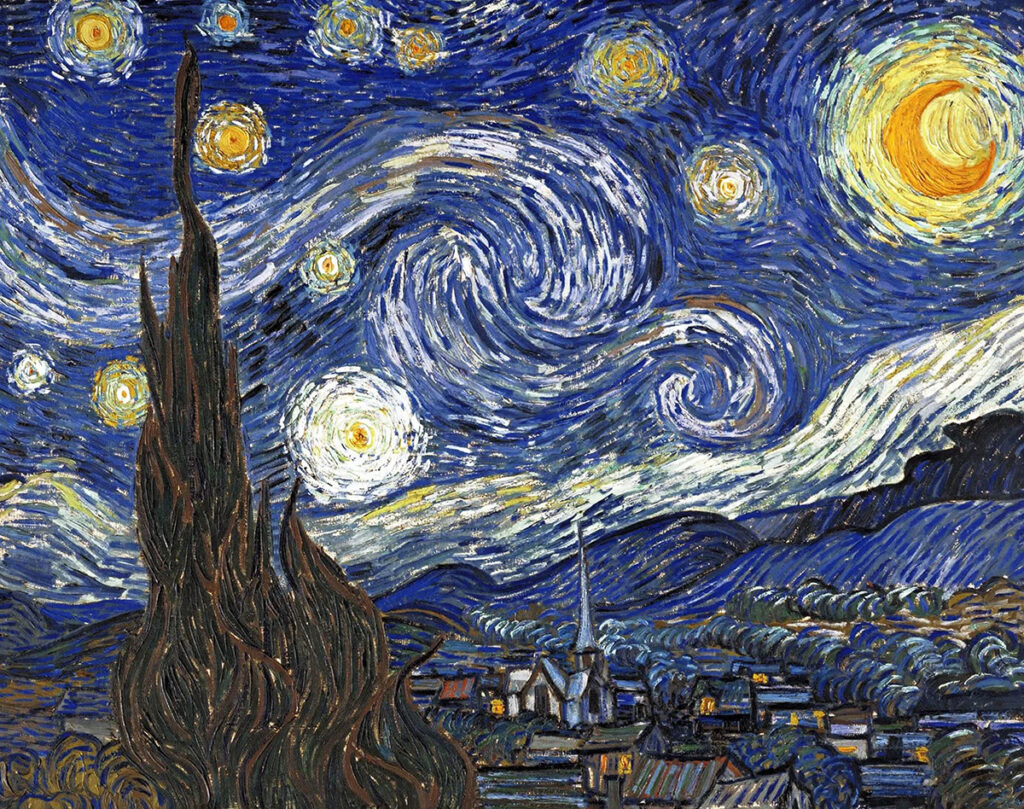
Art teachers are grateful for Yayoi Kusama because she makes installations engaging!
What art teacher doesn’t love Yayoi Kusama’s bright, patterned polka-dot artwork and installations? Her avant-garde installations challenge traditional notions of art and art teachers appreciate her ability to provoke thought. Many of her Infinity Room installations include an enclosed space full of mirrors, which creates a kaleidoscope effect. These exhibits instill a sense of wonder and invite visitors to consider their place in the universe. She helps students think about the purpose of interactive art experiences, how to push boundaries, and how to invite active participation.

Art teachers are grateful for Jacob Lawrence because he used art to explore culture.
Jacob Lawrence is a wonderful representation of how artists can use their art to highlight marginalized communities’ historical struggles and triumphs. His use of shape, color, and composition results in a powerful story of African American culture. Some of the significant events he portrayed in his paintings include the civil rights movement, life in Harlem, and famous African Americans like Harriet Tubman. His artwork can also be a compelling tool to promote empathy and social justice within the classroom. Art teachers are grateful for his example of how to tell cultural stories through art!
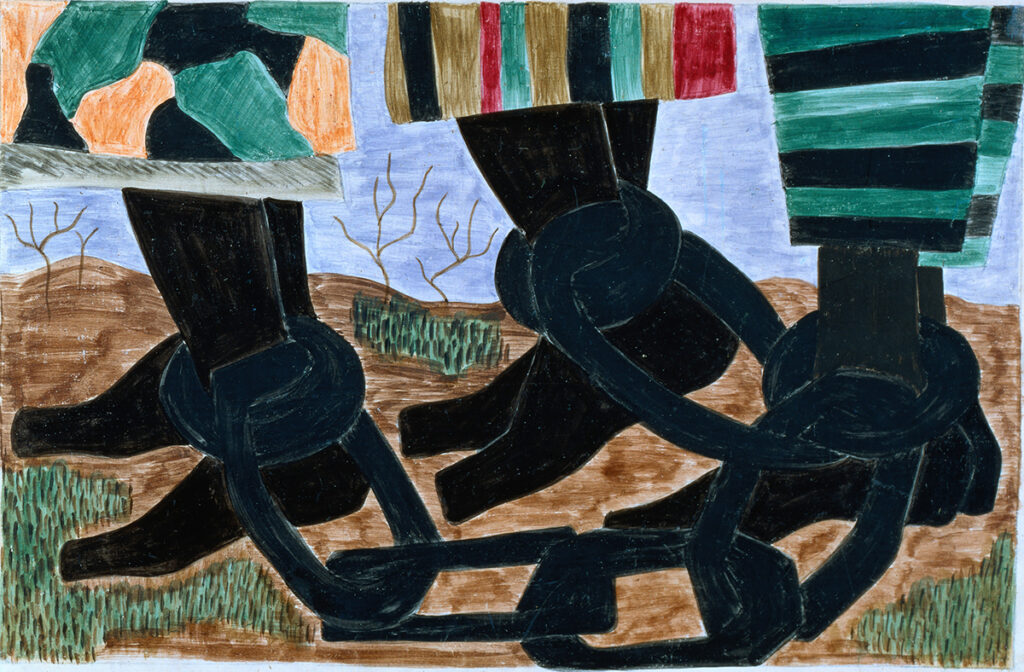
Art teachers are grateful for Georgia O’Keeffe because of her successful art career as a female.
Georgia O’Keeffe’s giant flower paintings are iconic and a staple in art history curriculum— and for good reason! Her bold compositions and unique angles celebrate nature and encourage students to take inspiration from the world around them. Art teachers love her resilient spirit. She had a successful career as a female artist in a male-dominated art world, proving talent, hard work, and a strong artistic voice can overcome difficulties. She once said, “The men liked to put me down as the best woman painter. I think I’m one of the best painters.” Art teachers love O’Keeffe because she is a bold art-career role model!
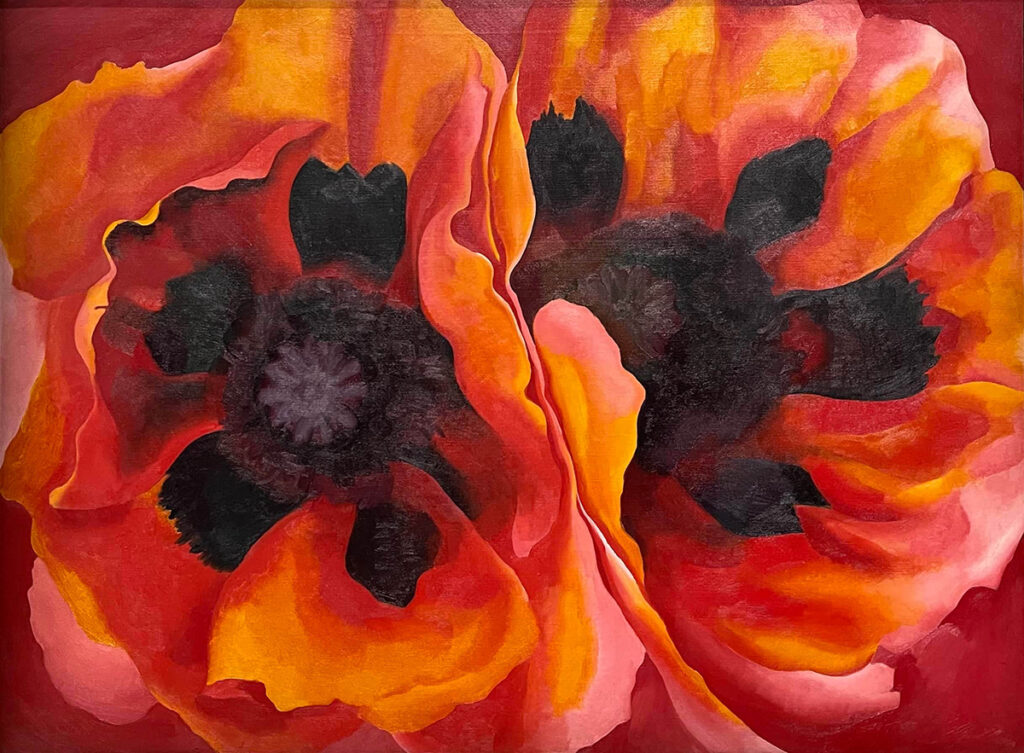
Art teachers are grateful for Ai Weiwei because he takes bold risks.
Ai Weiwei blends traditional and contemporary art techniques, taking inspiration from the past to make something new. He’s famous for using gunpowder in his artwork alongside traditional Chinese ink techniques and for photographing himself smashing a Han Dynasty urn. While art teachers likely don’t condone dropping ancient artifacts, they do appreciate how Weiwei invites artists to push the boundaries of accepted artistic mediums and techniques. Art teachers are thankful for how his approach inspires students to take risks and blend tradition with innovation!
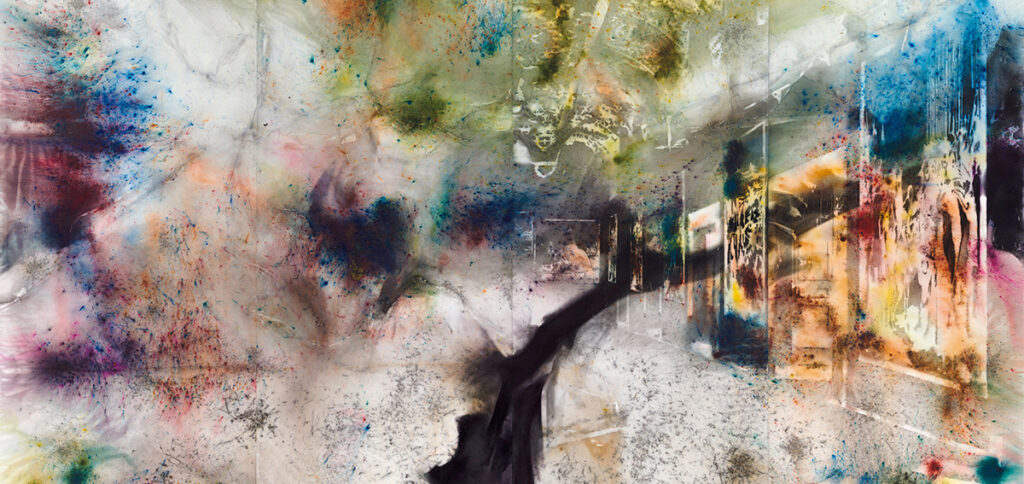
Art teachers are grateful for Kara Walker because she tackles big social issues.
Kara Walker’s powerful silhouette installations confront race, gender, and power dynamics head-on. Art teachers are grateful for how they provoke dialogue and encourage students to examine complex social issues within their own art. Walker’s artwork makes viewers face the grotesque, heart-wrenching realities of slavery and modern-day injustices. Viewers wonder why Walker uses silhouettes, why they evoke feelings of discomfort, how her art challenges perceptions, and what the imagery says about the modern world. While the subject matter is deep, art teachers are grateful for the conversations it can start.
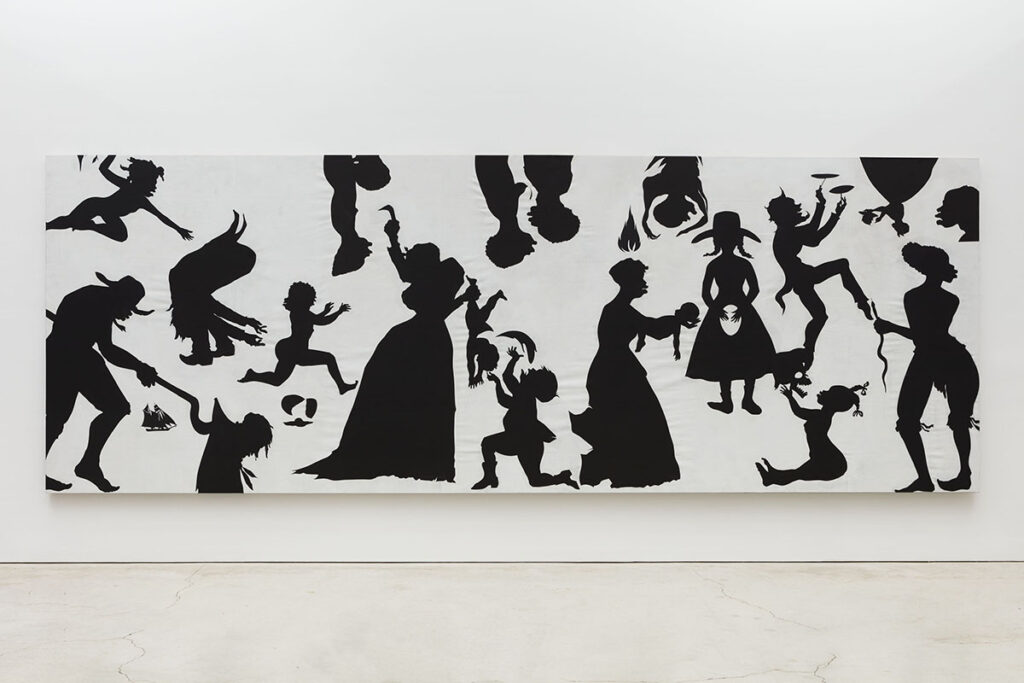
Art teachers are grateful for how Jean-Michel Basquiat combined street art and fine art.
Let’s face it. Some students don’t connect well with Renaissance or Impressionist paintings. However, Jean-Michel Basquiat’s pieces tend to capture students’ interest with his bold style and vivid colors. His trailblazing art revolutionized the art world with his combination of graffiti, street art, and expressive mark-making. Art teachers are thankful for how his artwork encourages students to take an alternative approach to fine art.
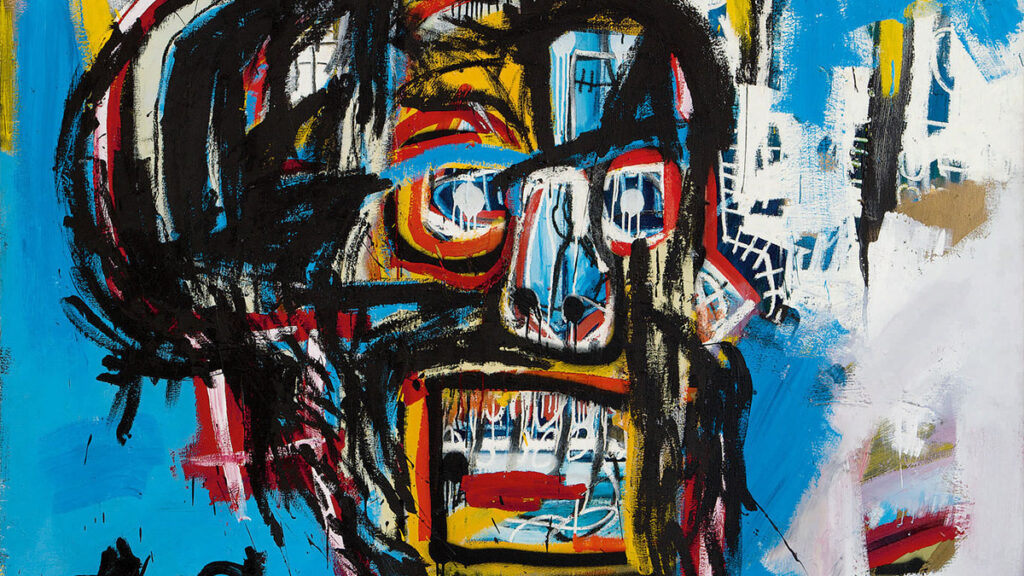
Art teachers are grateful for Shirin Neshat because she uses text to enhance her artistic intent.
Iranian artist Shirin Neshat uses diverse mediums to explore gender, identity, and cultural displacement. Her photographs and video installations prompt students to see social and political issues through the lens of pictures and text. Whether it’s a self-portrait or a photo of hands or feet, she finds an intentional way to add script. She’s a prime example of how to use text to create emphasis and enhance the message of the artwork!
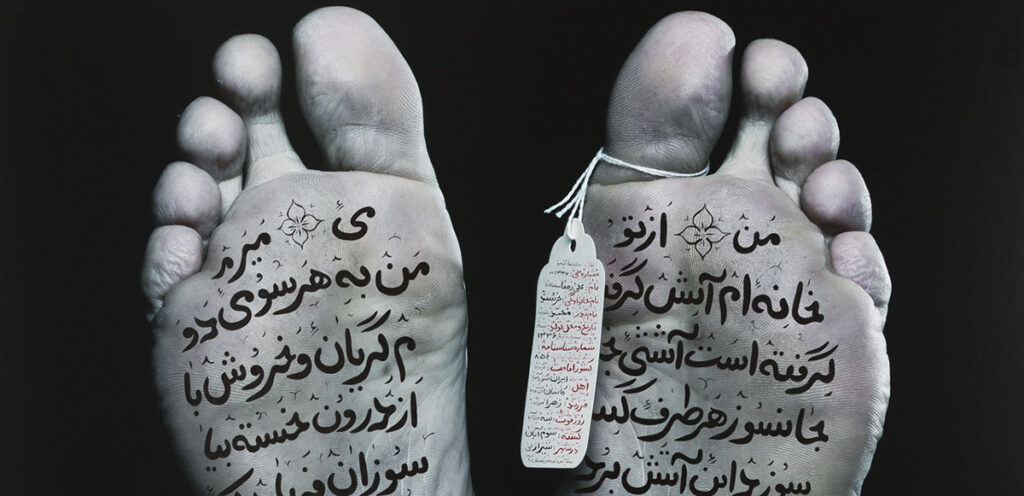
These 10 artists have made a profound impact on the visual arts and art education. They inspired many art teachers to create more inclusive, thought-provoking, and transformative artistic experiences. From Ai Weiwei’s risk-taking to Frida Kahlo’s personal storytelling and Jean-Michel Basquiat’s fusion of street and fine art to Yayoi Kusama’s immersive installations, they enrich the art classroom with their unique visions and artistic voices. By incorporating these artists into the art classroom and curriculum, art teachers continue to shape the next generation of artists to prioritize creativity and innovation. For this, art teachers are thankful!
What artists are you grateful for and why?
How do you use art history to advocate for the visual arts and your program?
Magazine articles and podcasts are opinions of professional education contributors and do not necessarily represent the position of the Art of Education University (AOEU) or its academic offerings. Contributors use terms in the way they are most often talked about in the scope of their educational experiences.


